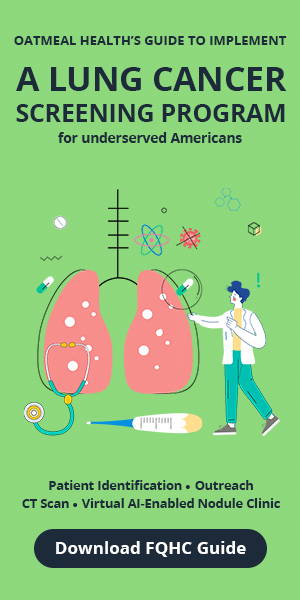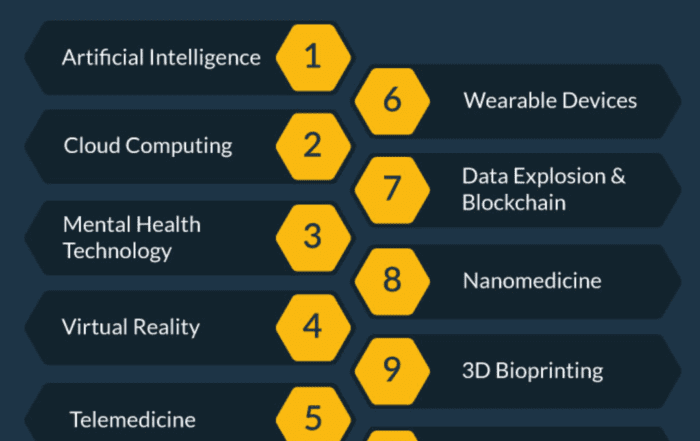Share this article and save a life!
Early detection and regular screening are crucial for reducing the risk of cancer and improving the chances of successful treatment. Patients should discuss their individual risk factors and screening options with their healthcare providers to determine the appropriate screening schedule for their needs.
Share this Image On Your Site
1. Lung Cancer Screening:
Lung cancer is the leading cause of cancer deaths worldwide, with a high mortality rate. Screening can help detect lung cancer early when it’s more treatable. The type of screening performed for lung cancer is a low-dose CT (computed tomography) scan, which uses X-rays to create detailed images of the lungs.
- Screening time: A low-dose CT scan typically takes only a few minutes to perform.
- Overall appointment time: The overall appointment time for a low-dose CT scan is usually around 30-45 minutes.
- What to expect: During a low-dose CT scan, the patient will lie on a table that slides into the CT scanner. The machine will take multiple X-ray images of the lungs, and the images will be processed by a computer to create a detailed 3D image.
- Patient preparation: Patients should wear comfortable, loose-fitting clothing and avoid wearing jewelry or metal objects that can interfere with the image quality. Patients may also be asked to refrain from eating or drinking for a few hours before the scan.
- Eligibility and age requirements: The American Cancer Society recommends that individuals at high risk of lung cancer, such as current or former heavy smokers, between the ages of 50 and 80, receive annual lung cancer screening with a low-dose CT scan.
- Why it matters: Lung cancer is the leading cause of cancer deaths in the United States, and early detection can significantly improve the chances of survival. In 2022, an estimated 235,760 new cases of lung cancer will be diagnosed in the United States, and about 131,880 people will die from the disease.
2. Breast Cancer Screening:
Breast cancer is the second most common cancer among women. Screening tests can help detect breast cancer early when it’s most treatable. The type of screening performed for breast cancer is a mammogram, which is a low-dose X-ray of the breast.
- Screening time: A mammogram typically takes about 20 to 30 seconds to perform.
- Overall appointment time: The overall appointment time for a mammogram is usually around 30-45 minutes.
- What to expect: During a mammogram, a technician will position your breast on a flat plate and compress it with another plate to spread the tissue. This may cause mild discomfort or even pain for some women, but the compression only lasts a few seconds.
- Patient preparation: It is recommended to avoid using deodorants, perfumes, and powders on the day of the exam, as these products can interfere with the image quality. Patients should also wear comfortable clothing that allows easy access to the breast.
- Eligibility and age requirements: The American Cancer Society recommends that women with an average risk of breast cancer should begin yearly mammograms at age 45 and can choose to continue getting mammograms every year or switch to every other year starting at age 55. Women at higher risk of breast cancer may need to start screening earlier or undergo additional tests, such as a breast MRI.
- Why it matters: Breast cancer is the second leading cause of cancer deaths in women. In 2022, an estimated 281,550 new cases of invasive breast cancer will be diagnosed in women, and about 43,600 women will die from breast cancer in the United States.
3. Colorectal Cancer Screening:
Colorectal cancer is the third most common cancer in both men and women. Screening can help detect precancerous polyps or early-stage colorectal cancer. The type of screening performed for colorectal cancer is a colonoscopy, which uses a thin, flexible tube with a camera to examine the entire colon and rectum.
- Screening time: A colonoscopy typically takes about 30-60 minutes to perform.
- Overall appointment time: The overall appointment time for a colonoscopy is usually around 2-3 hours, which includes the time for preparation and recovery.
- What to expect: During a colonoscopy, a doctor will insert the colonoscope through the rectum and guide it through the colon. The procedure is usually done under sedation, so the patient will not feel any pain.
- Patient preparation: Patients will need to follow a special diet and bowel preparation instructions the day before the procedure to empty the colon. This involves consuming only clear liquids and taking laxatives to flush out the colon.
- Eligibility and age requirements: The American Cancer Society recommends that adults at average risk of colorectal cancer start regular screening at age 45. The recommended screening options include a colonoscopy every 10 years or other tests, such as stool-based tests, every 1-3 years.
- Why it matters: Colorectal cancer is the third leading cause of cancer deaths in both men and women. In 2022, an estimated 147,950 new cases of colorectal cancer will be diagnosed in the United States, and about 53,880 people will die from the disease.
4. Cervical Cancer Screening:
Cervical cancer is the fourth most common cancer in women worldwide. Screening can help detect precancerous changes in the cervix or early-stage cervical cancer. The type of screening performed for cervical cancer is a Pap test, which involves collecting cells from the cervix to be examined under a microscope for abnormalities, or a human papillomavirus (HPV) test, which detects the presence of high-risk HPV strains that can cause cervical cancer.
-
- Screening time: A Pap test typically takes only a few minutes to perform. An HPV test can also be done during a Pap test, or as a separate test, and takes a similar amount of time.
- Overall appointment time: The overall appointment time for a Pap test or HPV test is usually around 20-30 minutes.
- What to expect: During a Pap test, a healthcare provider will insert a speculum into the vagina to visualize the cervix, and collect cells from the cervix with a small brush or spatula. During an HPV test, the provider will collect a sample of cells from the cervix in a similar way.
- Patient preparation: Patients should avoid sexual activity, douching, and using vaginal creams or medications for at least 24 hours before the test.
- Eligibility and age requirements: The American Cancer Society recommends that individuals with a cervix begin regular cervical cancer screening at age 25, with a Pap test every 3 years, or an HPV test every 5 years, or a combination of both tests every 5 years. Individuals with a history of abnormal Pap tests or other risk factors may need to be screened more often or at an earlier age.
- Why it matters: Cervical cancer is highly preventable with regular screening and early treatment. In 2022, an estimated 13,800 new cases of invasive cervical cancer will be diagnosed in the United States, and about 4,290 women will die from the disease.
Share this article and save a life!
Author:

Jonathan is a seasoned executive with a proven track record in founding and scaling digital health and technology companies. He co-founded Oatmeal Health, a tech-enabled Cancer Screening as a Service for Underrepresented patients of FQHCs and health plans, starting with lung cancer. With a strong background in engineering, partnerships, and product development, Jonathan is recognized as a leader in the industry.
Govette has dedicated his professional life to enhancing the well-being of marginalized populations. To achieve this, he has established frameworks for initiatives aimed at promoting health equity among underprivileged communities.





